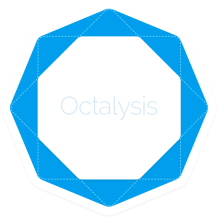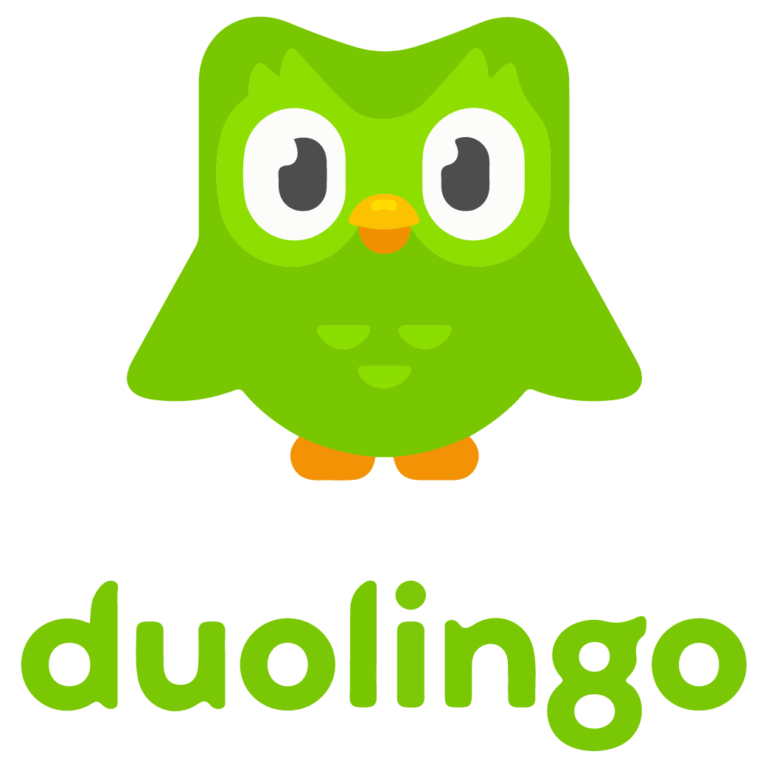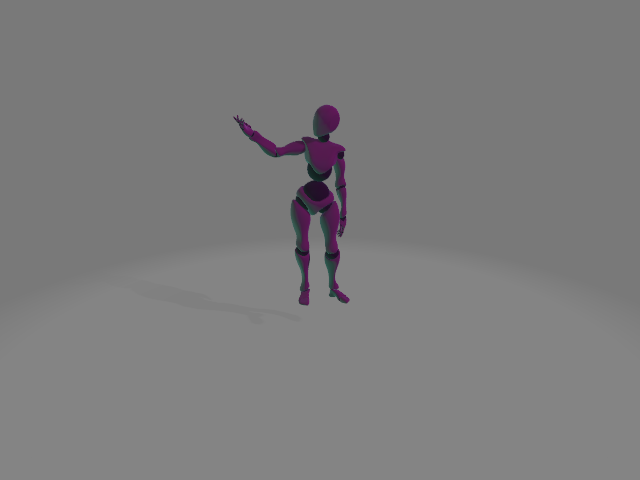Octalysis Prime
Website - Octalysis Prime - Gamification Information
Octalysis Prime contains lots of information on gamification and really gives you insight on how to apply the frame work created by the creator Yu-Kai Chou. This website is easy to use, and gives you information at a good pace. If your looking for an actual tool to gamify your life, then this is not the right one, but it will definitely give you quality information on gamification. Yu-Kai often mentions business application in his explanations. Good place to start.
I never tried the premium but apparently there are Live Coaching Sessions I will test this out in the future and update the review then.
My Referral Link
– Klevinup
Abilities
+ Videos
+ Categorized information
+ Good place to start learning about gamification
Convenience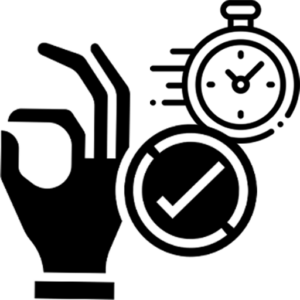
+ Available in the browser
– Mobile version is pretty much unusable
– No downloadable content
– No dedicated application
Limitations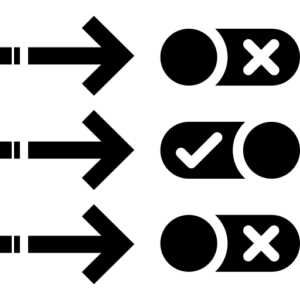
– The content consists mainly of videos
– No Actual Tools
– Community features are not integrated
Cost
+ Octalysis Explorer Free for limited use
– Octalysis Primer 50$ / Month or 400$ / Year

